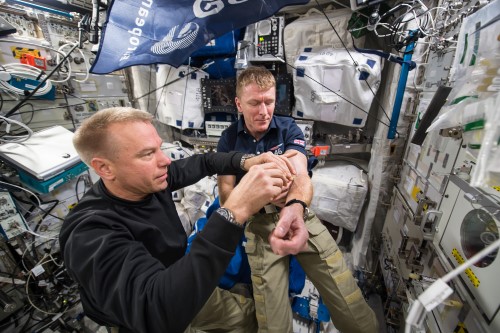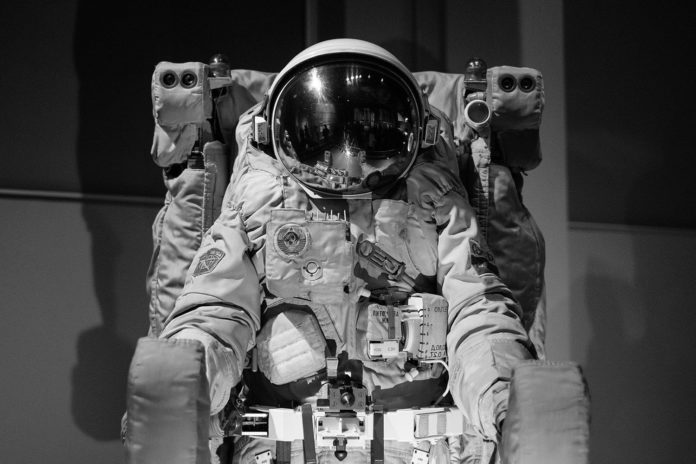Understanding the health implications of living in space is crucial to plan safe space travel. Since the first space mission, astronomers have reported about their anemia. However, the mechanisms contributing to anemia in space flight have remained unclear.
A world-first study from the Ottawa Hospital revealed that space travel could cause lower red blood cell counts, known as space anemia. The analysis changes what’s known about space anemia.
Space anemia was previously considered a quick adaptation to fluids shifting into the astronaut’s upper body when they first arrived in space. Astronomers lose 10% of the fluid in their veins thusly.
Astronomers were thought to lose 10 percent of their red blood cells to restore the balance, and red blood cell control was normal after ten days in space.
For this study, astronomers analyzed 14 astronauts during their six-month space missions.
The human body creates and destroys 2 million red blood cells every second on Earth. Scientists found that astronomers’ bodies destroyed 54 percent more red blood cells in space or 3 million every second. These results were the same for both female and male astronauts.
Scientists collected astronauts’ air and blood samples three months before the space mission for the study. Four times onboard the ISS and serially after landing. They then precisely measured the tiny amounts of carbon monoxide in the breath samples from astronauts. One molecule of carbon monoxide is produced every time one heme molecule, the deep-red pigment in red blood cells, is destroyed.

Although the red blood cell production was not measured directly, scientists assume the astronauts generated extra red blood cells to compensate for their destroyed cells. Otherwise, the astronauts would end up with severe anemia and would have had significant health problems in space.
Lead author Dr. Guy Trudel, a rehabilitation physician and researcher at The Ottawa Hospital and professor at the University of Ottawa, said, “Thankfully, having fewer red blood cells in space isn’t a problem when your body is weightless. But when landing on Earth and potentially on other planets or moons, anemia affecting your energy, endurance, and strength can threaten mission objectives. The effects of anemia are only felt once you land and must deal with gravity again.”
Five out of 13 astronauts were clinically anemic when they landed —one of the 14 astronauts did not have blood drawn on landing.
Scientists noted, “Space-related anemia was reversible, with red blood cells levels progressively returning to normal three to four months after returning to Earth.”
After returning from the space mission, scientists found that red blood cell destruction was still 30 percent above preflight levels. The findings indicate that structural changes may have happened to the astronaut in space. This changes red blood cell control for up to a year after long-duration space missions.
The findings have multiple implications:
- It supports screening astronauts or space tourists for existing blood or health conditions affected by anemia.
- Increased red blood cell production will require an adapted diet for astronauts.
- It could also be applied to life on Earth.
These are the first published results from MARROW, a made-in-Ottawa experiment looking at bone marrow health and blood production in space.
Journal Reference:
- Guy Trudel et al. Hemolysis contributes to anemia during long-duration space flight. DOI: 10.1038/s41591-021-01637-7
